Description
Elevate your belay skills with Petzl Neox, the ultimate cam-assisted blocking device designed for both indoor and outdoor lead climbing. Its integrated wheel and ergonomic handle make for effortless slack payout and comfortable descent control. Compatible with single ropes ranging from 8.5 to 11 mm, this belay device is a must-have for any climbing enthusiast looking to take their safety and efficiency to the next level.
Features
Belay device with cam-assisted blocking, designed for optimal lead climbing:
- Suitable for belaying both lead and top rope climbers.
- Specifically optimized for lead climbing, it includes an integrated wheel that ensures smooth and quick slack payout to the climber.
- Cam-assisted blocking enhances belay comfort: when the climber falls or puts weight on the system, the rope tightens, the wheel ceases spinning, and the cam pivots to grip and block the rope.
Easy to use:
- Rope installation is straightforward, with a diagram engraved on the belay device for guidance.
- Feeding slack and catching falls follow techniques standard to all Petzl belay devices, always ensuring that one hand remains on the brake side of the rope.
- Cam-assisted blocking provides flexibility in brake-side hand positioning, regardless of the angle between the climber side and brake side of the rope.
- Compatible with dynamic single ropes ranging from 8.5 to 11 mm, with optimal performance between 8.9 and 10.5 mm.
Descent control:
- An ergonomic handle facilitates easy unblocking of the rope to lower the climber smoothly.
- The 3:1 mechanical advantage created by the handle and camming mechanism minimises the effort required to control the descent rate, regardless of rope diameter.
Eco-design:
- All plastic components, including the handle, are manufactured using recycled nylon.
Specifications
| Weight | 235 g |
| Rope compatibility | 8.5 to 11 mm single rope |
| Material(s) | Aluminum side plates, stainless steel friction plate, cam, and wheel, recycled nylon handle |
| Certification(s) | CE EN 15151-1, UKCA, UIAA |
| Inner Pack Count | 1 |
Technology
Technical Notice
- Download the PDF : technical-notice-NEOX-1 – 3.59 MB
Declaration Of Conformity
- Download the PDF : Declaration_D016AAXX_NEOX – 0.66 MB
Tips for maintaining your equipment
- Download the PDF – 3.56 MB
Inspection
PPE inspection procedure
- Download the PDF – 1.64 MB
PPE checklist
- Download the PDF – 0.23 MB
Video
Technical Content
HOW TO BELAY USING THE NEOX
Alex Megos and Michaela Kiersch explain how the NEOX functions and share a few tips for users.
|
WARNINGS
|
NORMAL SOUND OF THE NEOX WHEN TAKING UP SLACK
You have probably heard the sound made by the NEOX when you are quickly taking up slack. This clicking sound is normal: its caused by rope tension making the wheel rub against the blocking stops.
When pulling on the brake side of the rope to take up slack, the rope tension makes the wheel move upward: this is the same process that activates blocking when the rope runs in the other direction. As the wheel moves upward while rotating counter-clockwise, it rubs against the blocking stops, making a click each time one stop rubs against the other. This normal operation is inherent to the NEOXs blocking system: it produces no unusual wear of the parts involved, and the sound cannot be reduced.
Details and Images:
GENTLY TAKING UP SLACK:
Rope running opposite to the blocking direction, under low tension. The wheel does not move up toward the blocking stops, and turns freely.
TAKING UP SLACK WITH HIGHER ROPE TENSION:
Rope running opposite to the blocking direction, under higher tension. This can happen in the event of a sudden move, or if the climber is hanging on the rope, for example when you want to help them on a top-rope. The wheel moves upward and rubs against the blocking stops, making a series of clicks.
Reminder about wheel operation for blocking: when giving slack, the wheel turns freely without moving up toward the blocking stops. When there is tension in the brake side of the rope, the wheel moves upward while rotating clockwise, and engages the blocking stops. Note: a sudden move to give slack can produce an intermediate situation, without blocking but with a slight sound of the stops rubbing against each other.
NEOX, IDEAL FOR LEAD BELAYING
The NEOX was developed to provide optimal fluidity for lead belaying, thanks to a special mechanism.
When belaying a lead climber, you obviously need to be able to stop a fall at any moment, but also important is the ability to give slack quickly and smoothly, even when you are taken by surprise, for example when the climber is clipping.
A GRIGRI provides good fluidity with new and/or thin ropes, but giving slack can be slower with larger diameter ropes, or when a rope becomes stiff or fuzzy with use. This sometimes requires using a special technique for giving slack quickly.
The NEOX provides optimal fluidity regardless of the rope diameter or condition.
Can the NEOX be used for top rope belaying?
The NEOX can be used for top rope belaying, but performance will not be optimal. In top roping, especially when belaying beginners or climbers that need reassurance, you may want to pre-block the rope: take up more slack than necessary so that the climber feels a reassuring tension. In this case, the NEOXs fluidity becomes a disadvantage, because there is a delay before the rope is blocked. This delay corresponds to a half-turn of the wheel, or 4 cm of rope, a length that can be easily offset by a slight movement of the pelvis or a step backwards. This delay is absent with a more versatile device like the GRIGRI.
When lead belaying with the NEOX, the ease of giving slack may give the impression that the blocking function is not working.
So that the rope will be blocked in all cases, always hold the brake side of the rope.
When stopping a fall, the action of the hand holding the brake side of the rope is essential with NEOX, as it is with all other assisted-blocking belay devices: this hand provides the initial tension in the rope that triggers the blocking function.
As the NEOX is designed specifically for giving slack quickly, the action of the hand on the brake side determines the devices function:
- If your hand holds the brake side of the rope, blocking is triggered, the device blocks the rope.
- If your hand feeds rope into the device, you can give slack quickly and smoothly.
- If your hand does not hold the brake side of the rope, WARNING: the device may not block the rope.
As an example, when the climber suddenly pulls slack to clip a quickdraw, they pull the rope in the same direction and at the same speed as in a short fall (e.g. a slip just below the protection point, rope drag in the route, a very light climber, a top rope with friction). The tension in the rope is the same, but the two situations require a different function of the device: blocking if it’s a fall, giving slack quickly if its clipping. The hand holding the brake side of the rope determines the devices function.
Once blocking is engaged, the NEOX continues to block the rope without needing to over-grip. Continue to always hold the brake side of the rope.
ASCENDING A ROPE WITH GRIGRI, GRIGRI + AND NEOX
Ascending a rope is necessary in certain situations, for example if you descended too far on a rappel and need to go back up to reach the next rappel station. GRIGRI, GRIGRI + and NEOX can be used to ascend a rope, keeping the rope taut and taking up slack as you ascend.
WARNING: from the moment you stop, start, ascend, descend or even pendulum on a fixed rope, you make it all the more vulnerable to abrasion. Locate possible rub points on the rock as you descend, as this will tell you how much movement you can allow yourself in the event of a problem.
Note: the NEOX is less effective than the GRIGRI in this usage, due to the lag time in blocking (maximum one half rotation of the wheel) as described in the Instructions for Use. See also the technical tip: Normal sound of the NEOX.
If the rock is not too steep and allows you to stand on your feet:
Keep the brake side of the rope in your hand and take up slack as you ascend.
If you need to let go of the rope for your tasks (e.g. untangling the rope, making a belay), tie a knot in the brake side of the rope (see technical tip: Hands-free position with GRIGRI and NEOX).
Note: In any case, you must not let go of the brake side of the rope and climb. Self-belayed climbing is not allowed with the GRIGRI, GRIGRI + or NEOX.
Below an overhang or in any situation without support for the feet:
Use an ascender (e.g. TIBLOC, BASIC or even a Prusik) on the rope, and a sling to stand up in.
|
1. Tie a knot in the brake side of the rope to have your hands free to install the ascending system. 2. Install an ascender above your descender. Pass the brake side of the rope through the carabiner on this ascender to create a self-hauling effect. Install a sling as a footloop. 3. Pull on the brake side of the rope at the same time as you stand up in the footloop: tension on the descender is maintained at all times, with the rope taut between you and the top anchor. Hold the brake side of the rope throughout the maneuver. Note: If your available equipment allows it, it may be worthwhile to tether yourself to the ascender. This helps prevent losing it during operations and placing it out of reach in the event of user error. (The diagram does not show this lanyard for the sake of clarity). |
BELAYING A SECOND FROM ABOVE WITH GRIGRI, GRIGRI + AND NEOX
GRIGRI, GRIGRI + and NEOX can be used for belaying the second from the belay station on multi-pitch routes.
Two techniques may be used: belaying with the device on the anchor, or belaying with the device on the harness with the rope redirected. In both cases, the rope must be installed in the device in the same way, respecting the marking indicating the climber side of the rope. The belayer must never let go of the brake side of the rope.
|
Advantages:
Disadvantages:
|
Advantages:
Disadvantages:
|
Take care to avoid any blocking of the device or any pressure on the cam that could negate the braking action on the rope.
The belayer must continuously hold the brake side of the rope, even while the climber is stopped.
WARNING: With NEOX, but also with GRIGRI and GRIGRI +, on thin or new ropes, if the rope isn’t held, it will slide through the device under its own weight, creating dangerous slack for the climber. This can happen more easily when belaying with the device on the anchor.
If the belayer needs to have their hands free, a stopper knot can be tied in the brake side of the rope.
SELF-BELAYING IS NOT AUTHORIZED FOR GRIGRI, GRIGRI + AND NEOX
Assisted-blocking belay devices are sometimes misused for self-belayed climbing on a fixed rope, despite the poor ergonomics for this use.
GRIGRI, GRIGRI + and NEOX are designed for belaying and lowering. These devices are not designed for self-belayed climbing; they are not effective for this use, for at least the following two reasons:
- The climber must continuously hold the brake side of the rope
Slack must be taken up for each move, because these devices do not move freely enough on the rope to enable climbing without creating slack between the device and the anchor.
Notes:
- For self-belayed climbing on a fixed rope, see the solutions presented in the Self-belaying technical tip at Petzl.com.
- For lead self-belaying, there are techniques that require modifying the device to improve rope feed. Petzl does not authorize this use. Reminder: any modification of PPE outside of Petzl facilities is prohibited.
HANDS-FREE POSITION WITH GRIGRI, GRIGRI + AND NEOX
When you want to have your hands free for a task, for example, untangling the rope while the climber is at a rest, tie a knot in the brake side of the rope.
A knot tied a few decimeters from the device can replace holding the brake side of the rope, because if the cam accidentally unblocks, the knot will jam against the device and stop the rope from slipping. Any closed, stable knot may be used for this purpose (e.g. overhand, figure eight, butterfly).
With this technique, once the knot is jammed against the device, it can be difficult to resume normal operation if the user cannot release the tension in the rope (e.g. climber suspended in free space). To avoid this problem, a tie-off can be used:
RAPPELLING WITH GRIGRI AND NEOX
GRIGRI and NEOX enable rappelling on a single rope: on a retrievable system with one strand blocked, or on a fixed rope.
Hold the brake side of the rope and gradually pull the release handle. The handle helps adjust the friction, but the descent is controlled by the hand gripping the brake side of the rope.
Rappelling can be done on EN 892 dynamic or EN 1891 low stretch rope of a compatible diameter indicated on the device.
| There are several ways to set up the rope for rappelling: they are described in the technical tip, Multi-pitch rappelling with a single rope. |
|
Bottom Belay for Beginners A bottom belay is possible for beginners rappelling with a GRIGRI or NEOX (as with many other descenders): pulling on the rope from below can slow or even stop the descent. The person performing this maneuver must pull by hand, without hanging on the rope. |
WARNING: A strong pull on the brake side of the rope can cause the GRIGRI or NEOX to unblock.
With NEOX, GRIGRI + from 2017 and on, and GRIGRI from 2019 and on, unblocking and a consequent fall can occur if the rope below the user is heavily loaded. Unblocking can occur if the rope is loaded with a weight equal to or greater than that of the person rappelling.
Examples of dangerous situations:
Rescue from below:
- The rescuer must not ascend the rope of a person who is stuck on rappel.
- Bottom belay: the person performing the belay must not hang on the rope.
Multiple people rappelling in sequence, with descenders pre-installed on the rope:
- If the person waiting in turn to rappel has their descender pre-installed on the rope, it can be inverted (and thus unblocked) by the weight of the person rappelling below them. So it will not be operational when the second person wants to start their rappel.
CHOICE OF CARABINER FOR ATTACHING A GRIGRI OR NEOX TO THE HARNESS
Key Issues and RisksThe GRIGRI and NEOX must be detached and re-attached each time the rope is installed, on every pitch of the climb. The large number of manipulations during the day increases the risk of error. When the rope is taut, the carabiner and the device are held in position by the tension. But when the rope is slack, the device and its carabiner can move about and become poorly positioned. The belay/rappel systems carabiner is frequently used on its own, with no possibility for redundancy. If the carabiner opens or breaks, the user will certainly fall. The most important risks to consider
|
Recommendation on Carabiner and Accessories |
|
______________ Speed of use and auto-locking. |
______________ Reliability in dirty environments (mud, sand…). |
______________ Speed of use, shape helps resist rotation. |
______________ Triple action auto-locking. |
|
Why this choice? |


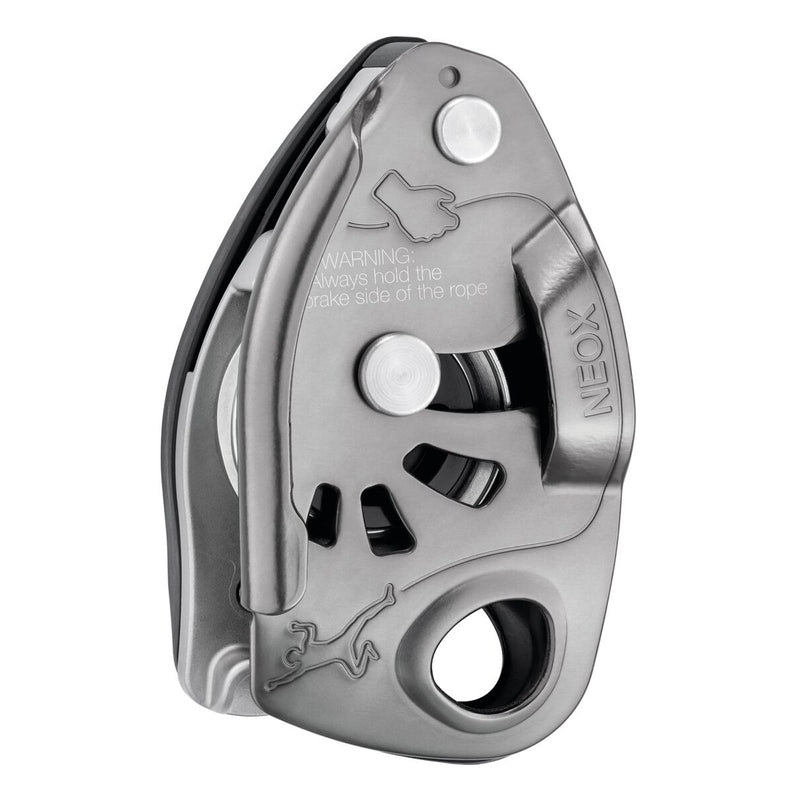
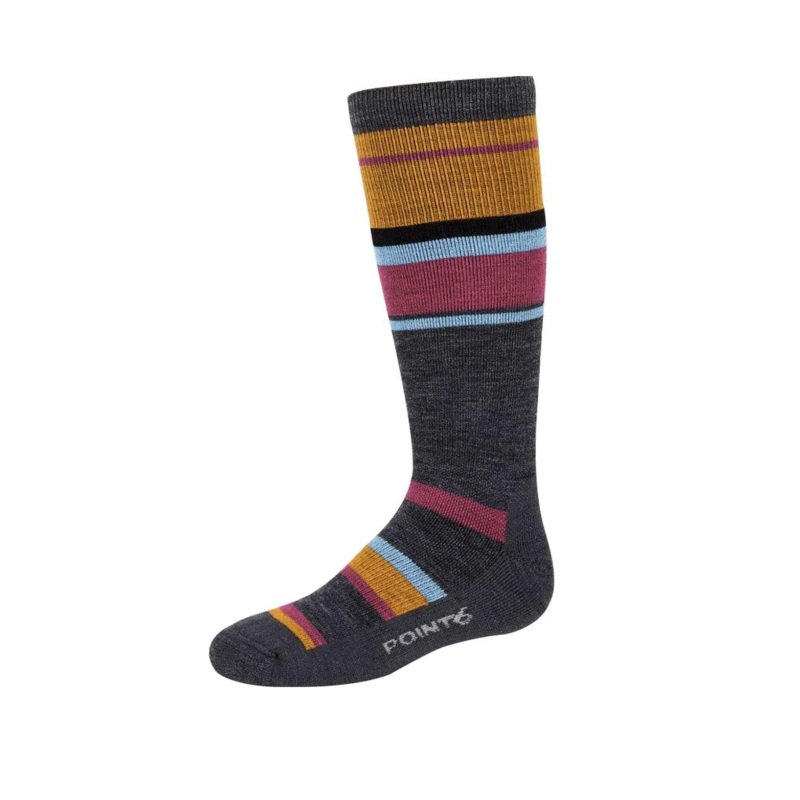
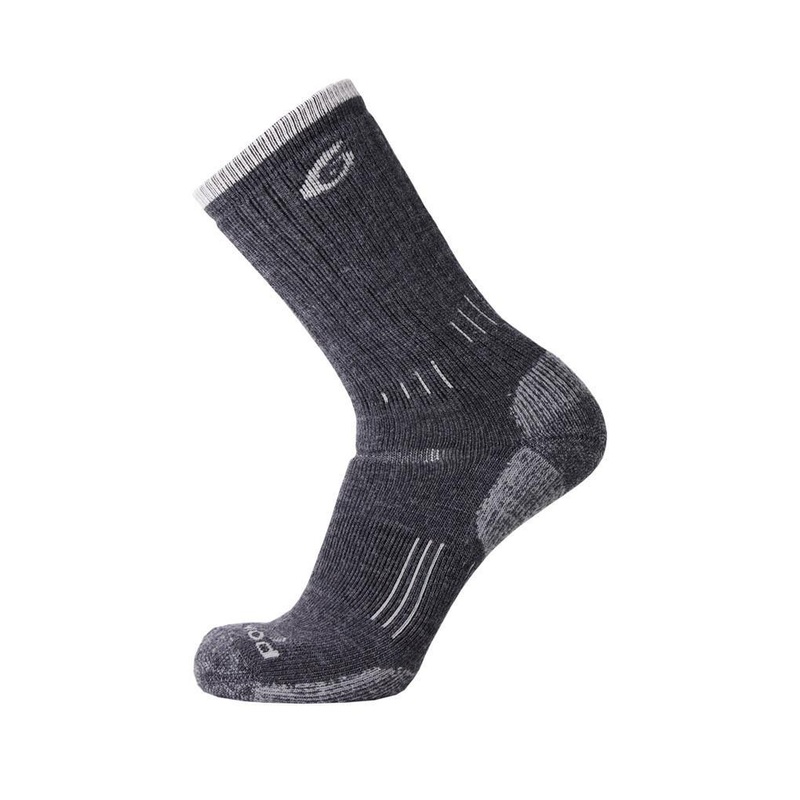
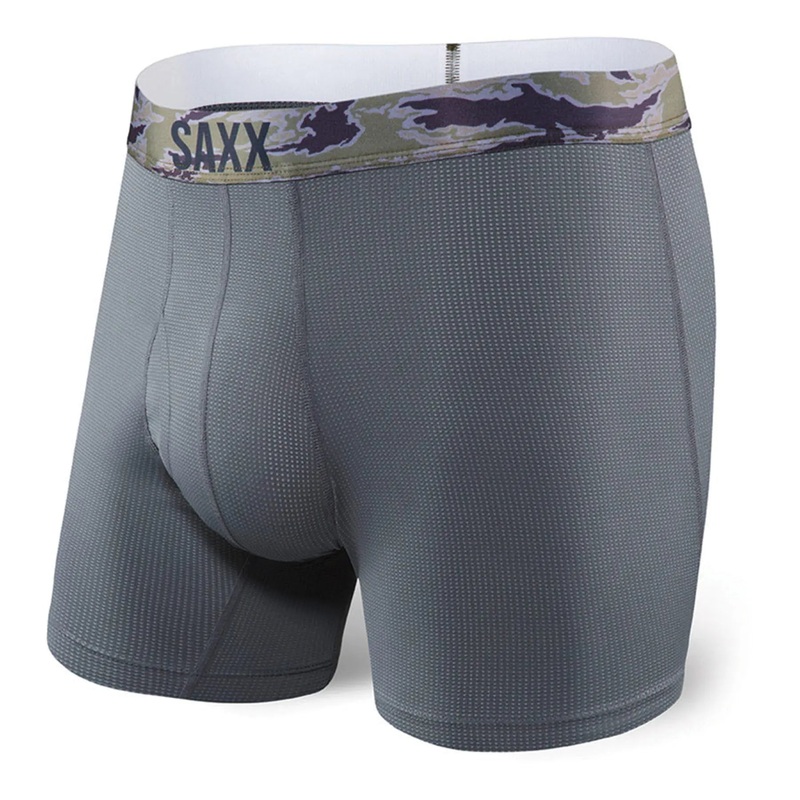
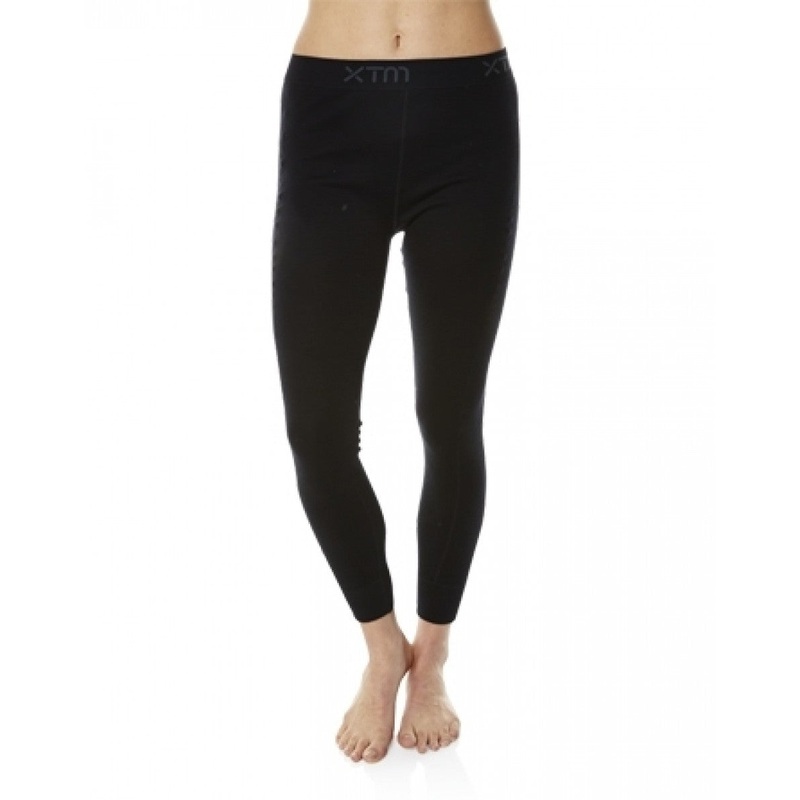
Reviews
There are no reviews yet.